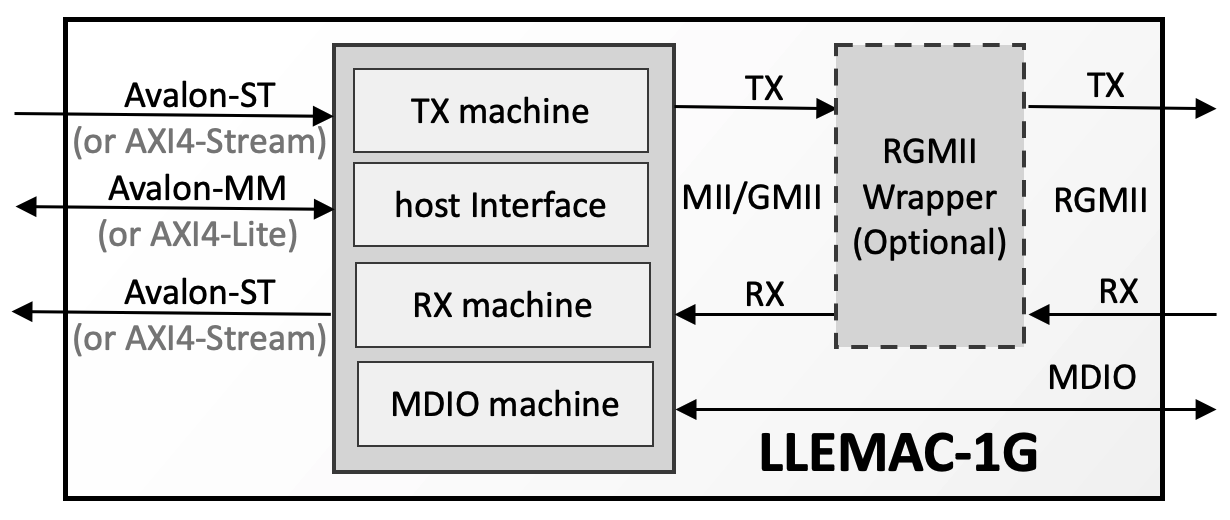
#H264 decompressor windows#
For more information on the Windows Media Encoder, you should refer to the Microsoft documentation on MSDN. This is part of the Windows Media Server technology package, which was designed to stream video over the Internet. These codecs are designed to work with the Microsoft Windows Media Encoder program. Interested in learning more? Why not learn more about our encoders and decoders? Click here for more information.The encoding options for the LEAD H264 Encoder Filter (DMO) and LEAD H264 Encoder Filter Advanced (DMO) are the same as the encoding options for the LEAD H264 Encoder (a DirectShow ® filter), except for the super compression option which is:Īlways OFF for LEAD H264 Encoder Filter (DMO)Īlways ON for LEAD H264 Encoder Filter Advanced (DMO) That being said, Resi uses H.264 the majority of the time since it has the widest compatibility with different browsers and devices. For example, when live streaming for the web, Resi uses H.264, but when in a multi-site or point-to-point situation, Resi uses H.264. Resi’s encoders use both H.264 and H.265-depending on the situation. However, this new system is currently not supported by Firefox and Chrome, while H.264 is supported on both of these platforms. This codec can also support up to 8192×4320 resolutions. What is H-265?ĭesigned for the newest video technology, H.265, or HEVC, offers 25-50% better data compression than H.264, but provides the same video quality. So far, only big-name companies such as Amazon, Facebook, YouTube, and Netflix have adopted these codecs. The VP9 codec was developed by Google and the AV1 codec was created by the Alliance for Open Media. There are two, open-source video codecs available. Thus, while there are codecs available that are more efficient, they are not compatible with as many devices as H.264. In fact, most devices made within the last ten years will support H.264. Moreover, H.264 is supported by a wide range of desktops, tablets, laptops, smartphones, gaming consoles, smart TVs, and more. This efficient codec not only conserves bandwidth and storage, but it’s also approximately 50% smaller in size than its predecessors, such as MPEG-2 and H.263. What is H.264?įor live streaming, H.264 is the most commonly used video codec today. The more you compress the files, the more quality is lost. That being said, lossy codecs do come with one caveat. In contrast, a lossy codec will compress a file by permanently getting rid of data-especially data that is redundant. However, lossless video codecs, such as ProRes codecs, can’t compress videos low enough for live web streaming. Lossless codecs will retain all of the original data after decompression. There are also two types of codecs-namely lossless and lossy.

In addition, some examples of codecs for video include H.264, H.265, MPEG-2, and VP9, while some examples of audio codecs include AAC and MP3. An example of a data codec is a PKZIP, while some examples of still-image codecs include PNGs, GIFs, and JPEGs. There are a variety of different codecs available, including data codecs, still-image codecs, video codecs, and audio codecs. All in all, when used in real-time, significant computational power is required for this process. After compression, the codec sends the files off to a decoder where they are decompressed and finally turned into video footage. This compression makes sharing files online much easier, however, keeping the video as high quality as possible while compressing is still a delicate balancing act. That’s where codecs come into play.Ī codec, which stands for compressor-decompressor or coder-decoder, uses an encoder to compress files by eliminating some of the data. So the higher the quality (or higher bitrate) of video you produce, the more bandwidth you’re going to need. Not to mention, video quality and size determine the amount of bandwidth needed. Unfortunately, the amount of space required to store all these digital images can be quite extensive.
Raw video is created through a number of still-images playing consecutively after one another. But what exactly is a codec? Let’s start at the beginning.
#H264 decompressor full#
Like a fish needs water to survive, live streaming video (and audio) needs codecs for full functionality. Codecs 101: Not Just for Tech Nerds Anymore


 0 kommentar(er)
0 kommentar(er)
